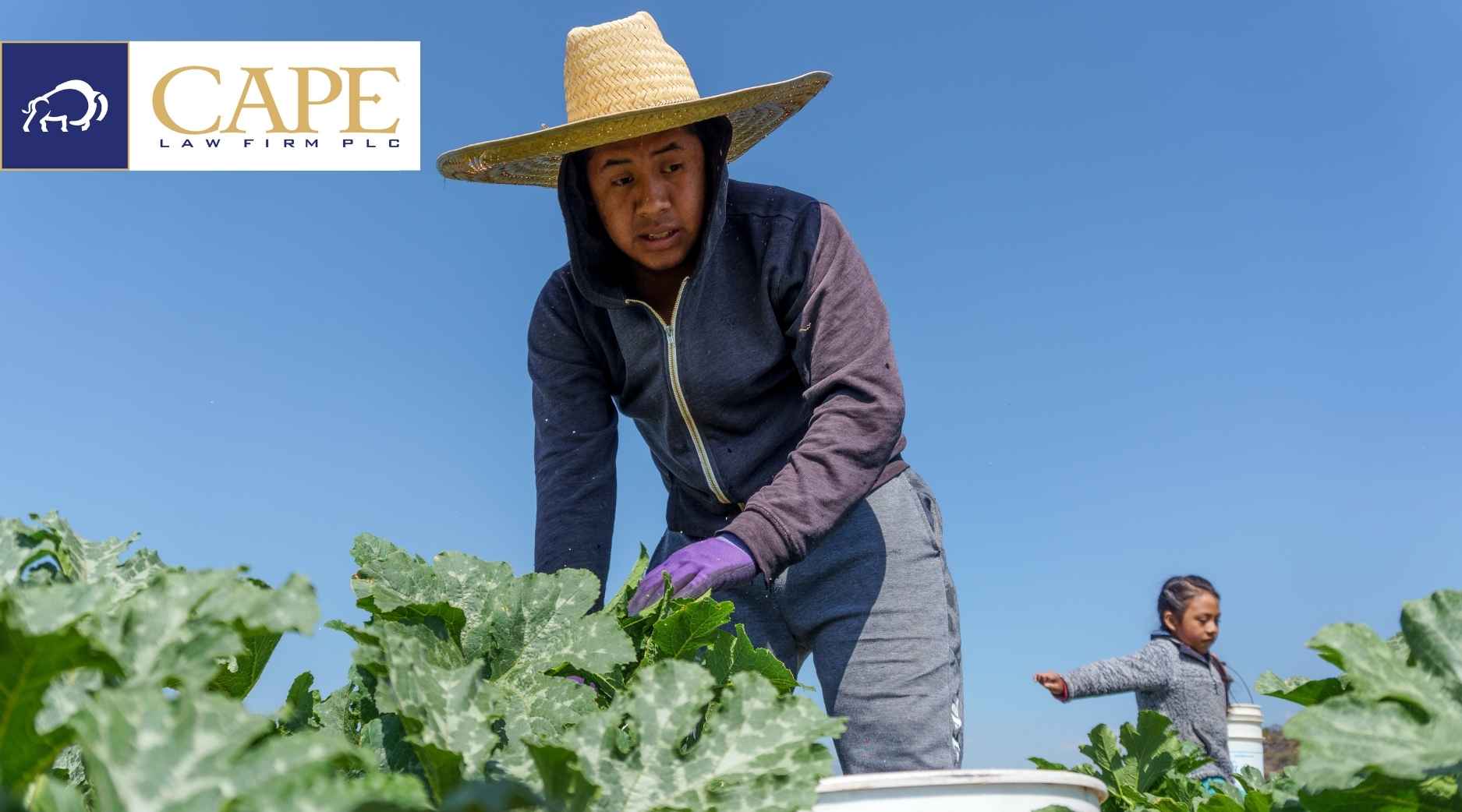Supreme Court Pulls the Reins on Broad Patent Claims
Broad claims for patented inventions were recently reined in by the Supreme Court in a long-running patent infringement dispute between two pharmaceutical companies, Amgen Inc. and Sanofi. The decision turned on the legal requirement that patents must “enable” someone skilled in the art to make and use the invention (the “enablement” requirement). Underlying this requirement is the foundational “patent bargain” principle that in exchange for a limited monopoly on the invention, the patent must publicly disclose the invention in “full, clear, concise, and exact terms.”
At issue in the case were two patents by Amgen that broadly claimed all antibodies that lower “bad” cholesterol by binding to a “sweet spot” on a protein and blocking that protein from binding to receptors on bad cholesterol. While these claims would include millions of antibodies (i.e., an entire genus of antibodies), Amgen’s patents only described 26 antibodies in detail and provided a “roadmap” for a way to find the others. The Court found that Amgen’s patents were invalid because the description of the other antibodies amounted to trial-and-error “research assignments.” Thus, the Court limited the ability to obtain a broad patent monopoly on entire classes of inventions:
Because broad patent claims are fairly common in chemical and biotech fields, the Court’s decision will likely impact patented agricultural technologies, particularly in seed traits and genetics, microbial inputs, and others. The case is Amgen Inc. v. Sanofi, 143 S.Ct. 1243 (2023).
Cape Law Firm’s Frequently (or Randomly) Asked Questions
How do I register a Plant Biostimulant?
First, it is important to understand that the category of products known as “Plant Biostimulants” do not have a uniform legal definition, nor are they covered under a comprehensive regulatory scheme. Thus, how these products are regulated generally depends on how they are used and what the manufacturer claims the products will accomplish. Biostimulants are often promoted and used to improve crop or soil health and many states have approached regulation of these materials by using existing laws governing fertilizers or soil amendments/conditioners. Every state has some type of regulatory scheme governing fertilizers and many will make distinctions between fertilizers and soil amendments/conditioners. For the most part, biostimulants are not regarded as pest control products (pesticides), but if a product claims to have pesticidal effects, then it will be subject to the Federal Insecticide, Fungicide, and Rodenticide Act (FIFRA) and state pesticide laws.
With this backdrop in mind, the approach to registration primarily turns on how the product will be used and for what purpose. A product that is designed for soil applications for improving soil properties will typically fall under state laws regulating soil amendments/conditioners. A product that is designed for foliar application to stimulate plant efficiencies may fall under laws regulating fertilizers. However, these approaches are not necessarily satisfactory or consistent because some of these products are designed to do both – improve soil properties as well as stimulate plant processes and may not contain any ingredients that are commonly considered plant nutrients (nitrogen, phosphate, potash). At least a few states have included plant biostimulants in their fertilizer statutes, and Vermont has specifically defined plant biostimulants separately from fertilizers and soil amendments. Thus, registration will generally require a state-by-state analysis of the state’s existing laws.
Using the fertilizer and soil amendment framework, registration of biostimulants will typically require submission of information and supporting data for a product label, including such things as:
- product name
- guaranteed analysis and percentages of active and inert ingredients
- a statement of the purpose of the product
- adequate directions for use (i.e., application rates, cultural practices, etc.)
- name and address of the registrant
- a copy of the product label
At least a few in Congress have attempted to clear up the regulatory confusion for biostimulants by introducing a comprehensive federal bill on the subject and providing a uniform definition:
Such a law would separate biostimulants into their own product category and provide a clearer path for regulation and marketing.





